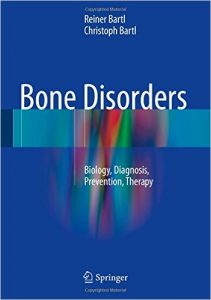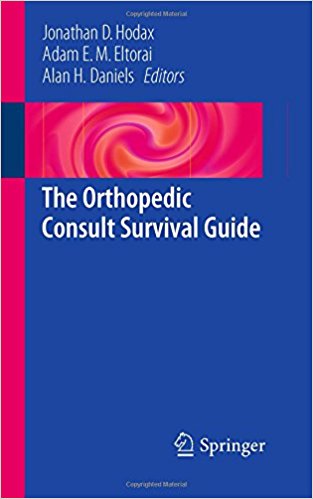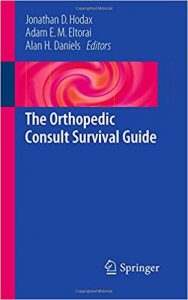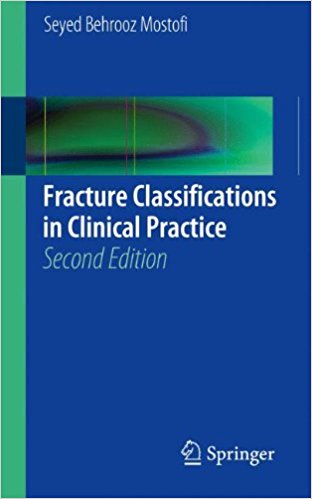Volker Musahl, MD, is Associate Professor of Orthopaedic Surgery at the University of Pittsburgh School of Medicine, Associate Professor of Bioengineering at the University of Pittsburgh’s Swanson School of Engineering, the Program Director of the Sports Medicine fellowship program, and Medical Director of the UPMC Center for Sports Medicine. In addition to his work as a University of Pittsburgh Associate Professor and a leading Orthopaedic surgeon, Dr. Musahl is co-head team physician for the University of Pittsburgh football team. Dr. Musahl is the recipient of various honors and awards and has recently been appointed Assistant Editor-in-Chief of the Knee Surgery Sports Traumatology and Arthroscopy Journal (KSSTA). His research interests include knee and shoulder biomechanics. He is a member of ESSKA ISAKOS, AAOS, ORS, AOSSM, AANA, and AGA.
Jon Karlsson, MD, PhD, is Professor of Orthopaedics and Sports Traumatology at the Sahlgrenska Academy, Gothenburg University, Gothenburg, Sweden. His clinical interests and his research are mainly related to knee injuries and foot and ankle, including tendon injuries. Dr. Karlsson graduated from Medical School in Reykjavik, Iceland. He then moved to Sweden for orthopaedic training, becoming a specialist in Orthopaedics in 1986. He has worked at the Sahlgrenska University Hospital ever since, and is currently Senior Consultant. He has been Clinical Head of the Orthopaedic Department and is now its Academic Head. He has mentored 40 PhD students and is the author of more than 300 papers and almost 30 books. He is an active member of ESSKA and ISAKOS and is currently Secretary of the ISAKOS Executive Board and Editor-in-Chief of KSSTA, the official, clinical journal of ESSKA.Ryosuke Kuroda, MD, PhD, is an Associate Professor in the Department of Orthopaedic Surgery, Kobe University Graduate School of Medicine, Kobe, Japan. Dr. Kuroda graduated from Kobe University School of Medicine in 1990 and then specialized in Orthopaedic Surgery. After completion of a postgraduate course at Kobe University Graduate School he worked as a Post-Doctoral Research Fellow in Cleveland Clinic Foundation and the University of Pittsburgh. He has been a member of the Board of Councillors of the Japanese Orthopaedic Society of Knee, Arthroscopy, and Sports Medicine (JOSKAS) since 2009. He served as an ISAKOS Knee Committee member from 2009 to 2011 and is currently on the ISAKOS Board of Directors. Since 2013 he has been the lead or co-author of more than 90 articles in peer-reviewed journals.
Stefano Zaffagnini, MD, is an Associated Professor at the University of Bologna, Italy and coordinator of the Sports Traumatology Excellence Centre of the Istituto Ortopedico Rizzoli, Bologna, Italy. He has been an AOSSM-ESSKA travelling fellow, Chairman of the ESSKA Arthroscopy Committee, and President of the Italian Society of Knee Surgery (SIGASCOT). He is a member of numerous national and international societies and his main interests in clinical practice and res
earch are sports traumatology, ACL reconstruction, knee biomechanics, computer-assisted surgery, meniscal replacement, cartilage surgery, and partial/total knee replacement. He is the author of more than 150 indexed papers and 30 book chapters and the editor of five books.




















